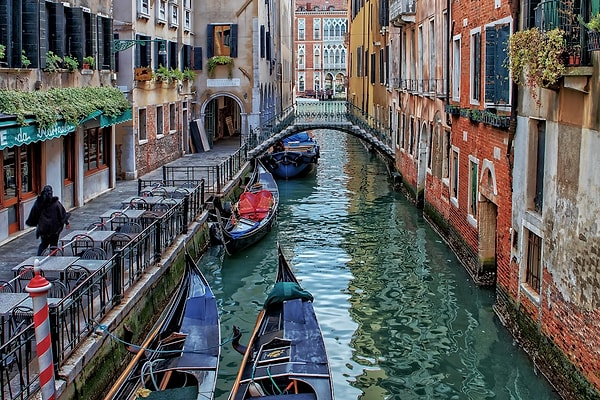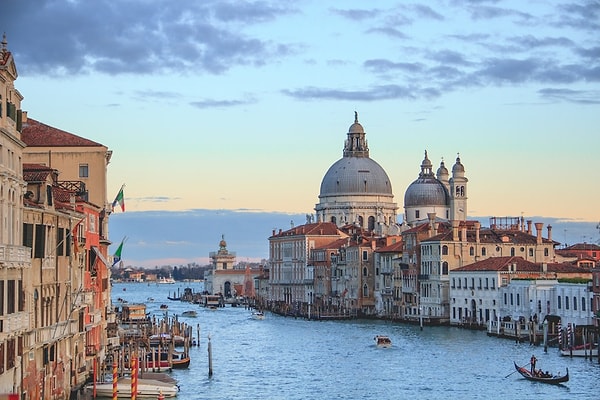How Is Venice Not Sinking? The Science Behind the Floating City
The system that has kept Venice afloat for approximately 1600 years is closely tied to both an incredible feat of engineering intelligence and the geological characteristics of the region. Let's delve into the details together.
Source: BBC
Venice is established in the lagoons of the Adriatic Sea. These lagoons consist of marshy areas covered with layers of fine sand, silt, and clay.

The system that has kept Venice afloat for 1600 years is closely tied to both a unique engineering intelligence and the geological characteristics of the region. The city is built on the lagoons of the Adriatic Sea, which are composed of marshy areas covered with layers of fine sand, silt, and clay. This soft ground is not sturdy enough to support the heavy load of a traditional building. Therefore, Venice has been built on piles, much like an 'artificial island'. These piles not only carry the building, but also balance the compression of the ground, ensuring the structures settle and remain stable in the long run.
The foundations of buildings in Venice are built on wooden piles. These piles are typically made from water-resistant woods such as oak, pine, or chestnut. The piles are often 3 to 12 meters long and 15–30 cm in diameter. When driven into the ground, the piles compress the surrounding water and silt layers, thus preventing horizontal movement and providing a solid foundation for the building.
Prof. Alexander Puzrin from ETH University states that modern concrete and steel piles are typically designed to withstand for a duration of 50-100 years.

While modern concrete or steel piles are typically designed to last for 50-100 years, wooden piles submerged underwater can withstand nearly thousands of years without rotting.
The key secret behind the longevity of piles lies in the lack of oxygen underwater. Wood exposed to air rots quickly, but wood underwater is preserved and remains intact thanks to the anaerobic environment. This is how the buildings of Venice have managed to stand for 1600 years. Besides, the city's canals and lagoons play a critical role not only for transportation, but also for maintaining ground balance. The canals control the water level to keep the piles moist, thereby preventing rot. The lagoon, on the other hand, distributes the load on the city to different areas, preventing excessive pressure on the ground.
In essence, the survival of Venice on water hinges on the perfect balance of stakes, ground, and water.

Wooden piles endure without rotting when buried underwater, with the compacting of the ground serving to stabilize them, and the lagoon and canal system playing a constant role in maintaining this balance. Thus, Venice emerges as a marvel of natural engineering, proving to be far more long-lasting than modern concrete and steel piles.
Keşfet ile ziyaret ettiğin tüm kategorileri tek akışta gör!

Send Comment